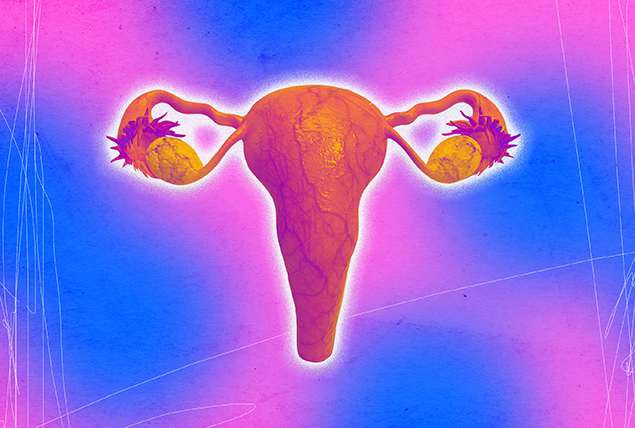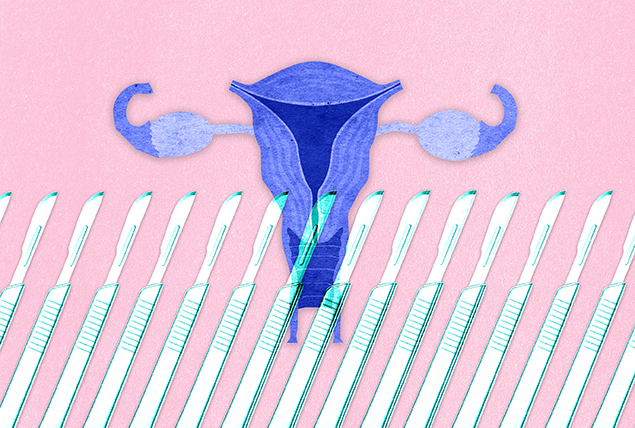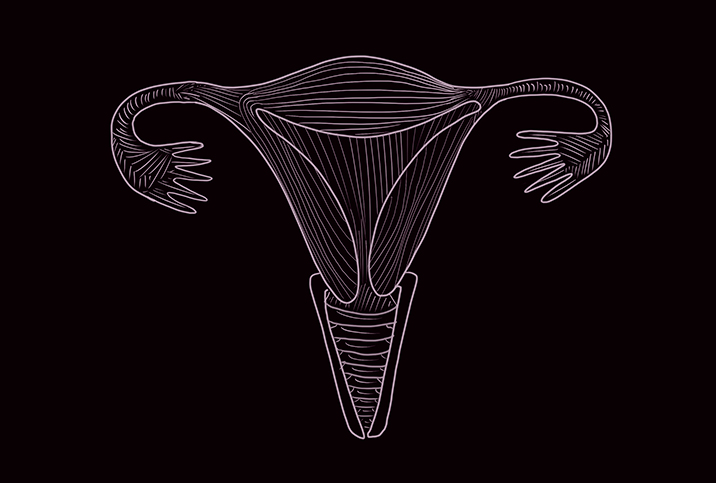Fallopian Tubes Are Essential to Reproduction

Fallopian tubes, also referred to as uterine tubes or oviducts, are the channels between the ovaries and the uterus, explained Jeffrey Marcus, M.S., M.D., a board-certified OB-GYN at North Atlanta Women's Specialists and chief medical advisor at Femasys, the developer of FemVue infertility testing. The two fallopian tubes are organs within the female reproductive system, along with the ovaries, uterus and vagina.
Some people are born with only one fallopian tube, and certain conditions or injuries may result in the surgical removal of a fallopian tube. But typically, one fallopian tube is located on each side of the uterus, extending from the ovaries to the uterus. Fallopian tubes are instrumental in reproduction and play a significant role in the process of fertilization.
Anatomy of the fallopian tubes
Understanding the anatomy of the fallopian tubes can help demystify how and where fertilization happens. The fallopian tubes are muscular and J-shaped, spanning about 4 to 5 inches in length and 0.2 to 0.6 inches in diameter. They extend laterally from the uterus, like a set of arms, and sit within the lower pelvis.
Starting from the uterus to the ovaries, the fallopian tubes have four segments: intramural or interstitial, isthmus, ampulla and infundibulum. The intramural extends inside the uterine wall, where an embryo would be implanted. The isthmus is a narrow channel that connects the intramural and ampulla. The ampulla is the primary channel of the fallopian tube where fertilization, when an egg and sperm join, commonly occurs. Finally, the infundibulum is a trumpet-shaped structure closest to the ovaries.
The infundibulum includes the fimbriae, which is where fallopian tube anatomy becomes complex. The fallopian tubes and ovaries aren't directly connected, contrary to what most anatomical illustrations depict. The fimbriae are fringe-like ends of the fallopian tube that can extend to reach the ovaries, where eggs are released. Located on the surface of fimbriae are cilia, which are microscopic, hairlike cells that are responsible for moving the egg from the ovary to the fallopian tube, and essentially transport the egg that the ovaries release each month.
Fallopian tubes contain multiple layers. The inner fallopian tube is lined by mucosa, which helps create an ideal environment for fertilization to occur. The fallopian tubes also have muscular walls, which contract and help to move an egg, sperm or embryo to the uterus. The outermost layer of the fallopian tube is called the serosa, or supportive tissue.
The purpose of the fallopian tubes
The fallopian tubes play a key role in reproduction.
"The fallopian tubes act as a tunnel through which the egg travels from the ovary to the uterus and is normally where fertilization occurs," Marcus said.
When someone is of reproductive age, the ovaries usually release at least one egg per month. Once the egg reaches maturation, it begins the descent from the ovaries through a fallopian tube.
An unfertilized egg stays in the fallopian tube for about 24 hours. When a sperm cell travels through the uterus and up the fallopian tube, and meets a mature egg simultaneously, fertilization can occur. The section of the fallopian tube where fertilization most commonly occurs is in the ampulla.
The fertilized egg then continues its journey through the fallopian tube to implant in the lining of the uterus. It usually takes around six days before implantation of a fertilized egg in the uterus occurs.
If fertilization does not occur, the egg is shed along with endometrial tissue during a menstrual cycle.
People are most likely to get pregnant if they have unprotected sex just before or during ovulation, when the ovary releases a mature egg to the fallopian tube. Healthy sperm can survive up to five days in the fallopian tube.
Even with only one fallopian tube, it's still possible to get pregnant. Without both fallopian tubes, in vitro fertilization (IVF) can help people become pregnant. Removal of both tubes means you cannot become pregnant without the help of assisted reproductive technology (ART). You won't have to use contraception, but protection against sexually transmitted infections (STIs) is still crucial.
Tubal ligation and fallopian tube removal
Sometimes, people elect to have tubal ligation, one of the most common forms of birth control in the United States. Tubal ligation is a surgery where the fallopian tubes are cut or blocked. This surgery is most commonly a choice to prevent pregnancy. It's also referred to as getting your tubes tied or female sterilization, but contrary to the name, there is no tying involved. This procedure is commonly performed after childbirth or a C-section, or as an outpatient procedure.
Some women may choose tubal ligation if pregnancy is a health risk. It is possible to reattach the fallopian tubes after tubal ligation, though this may impact the chances of becoming pregnant in the future. According to Johns Hopkins Medicine, 50 percent to 80 percent of women can get pregnant after their fallopian tubes are reattached, but no reversal method is foolproof.
Tubal ligation is not the same procedure as fallopian tube removal, which involves completely removing the fallopian tubes. There are reasons people may opt for tubal surgery other than contraception. While fallopian tubes are often removed as a method of female sterilization, removal theoretically reduces the risk of a woman developing ovarian cancer, Marcus explained.
"Fallopian tube removal is performed to treat certain medical conditions, such as an ectopic pregnancy, cancer of the uterus, ovaries or fallopian tubes, infection in the tubes, or blocked or damaged tubes," Marcus said.
When one or both fallopian tubes are removed, menstruation still continues. The primary function of the fallopian tubes is to create a portal for fertilization to occur. As fertilization is the main purpose of fallopian tubes, there are very few risks to overall health by removing them for contraceptive purposes.
When someone is trying to get pregnant, problems with the fallopian tubes, such as blocked tubes, can complicate conception. Blocked fallopian tubes are a common cause of infertility, but treatment options are available.


















